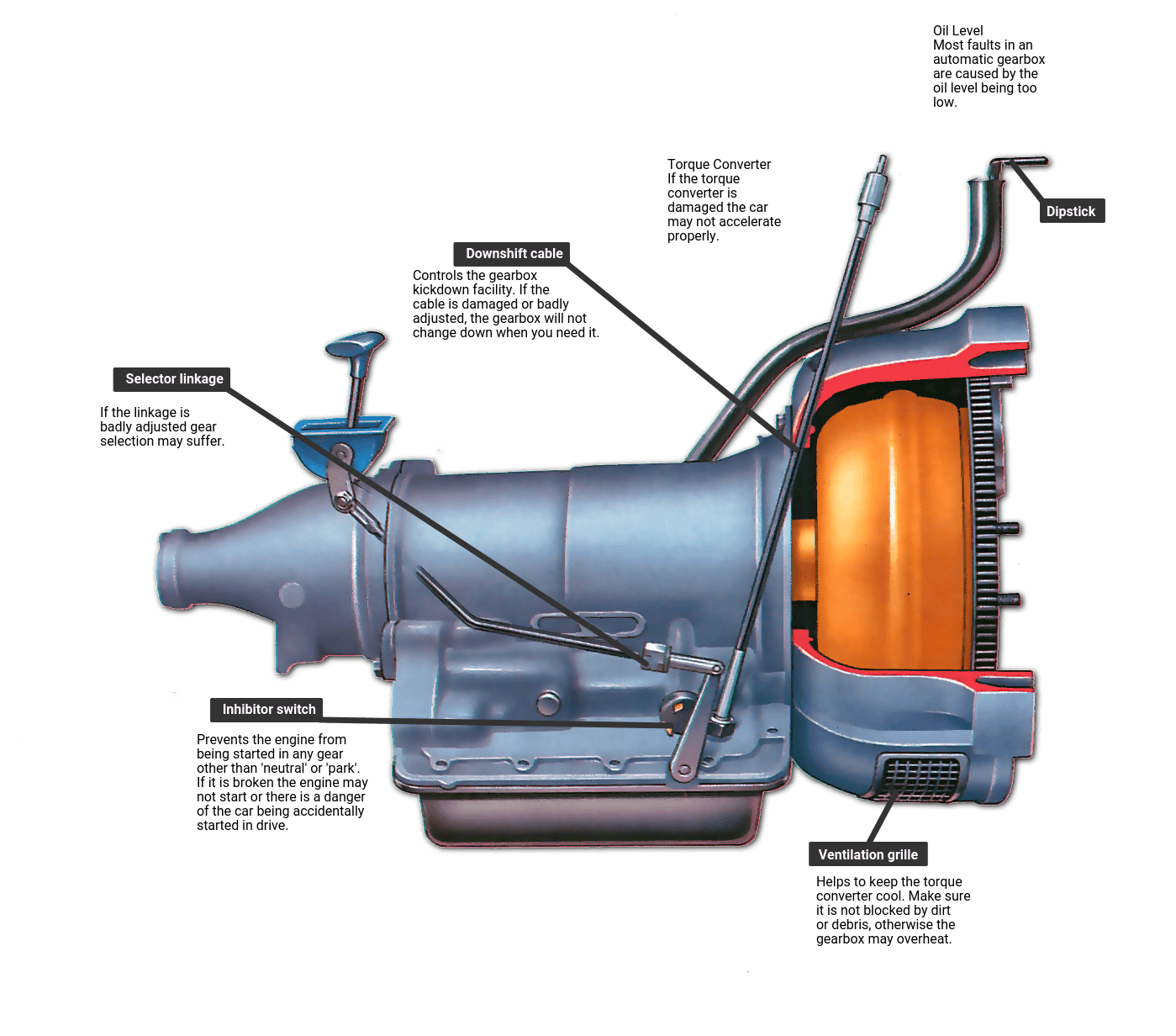When you’re cruising down the road, the last thing you want to encounter is the dreaded moment when your automatic transmission refuses to engage. This can be a jarring experience, leaving you stranded and uncertain. Fear not! This comprehensive guide will unravel the mysteries behind this mechanical hiccup, providing you with insights, troubleshooting tips, and solutions to get you back on the road.
Understanding Automatic Transmissions
Before diving into the nitty-gritty of troubleshooting, it’s essential to grasp how automatic transmissions work. Unlike their manual counterparts, automatic transmissions utilize a complex system of gears, hydraulics, and electronic controls to shift seamlessly between gears without driver intervention. This sophistication makes them both a marvel of engineering and a source of potential headaches.
Key Components of an Automatic Transmission
- Torque Converter: Acts as a fluid coupling between the engine and transmission, allowing the vehicle to stop without stalling.
- Planetary Gearset: The heart of the transmission, enabling different gear ratios for smooth acceleration.
- Hydraulic System: Uses transmission fluid to apply pressure for gear shifts.
- Control Module: The brain that decides when to shift based on speed, throttle position, and other inputs.
Common Reasons for Transmission Engagement Issues
When your automatic transmission fails to engage, several culprits could be at play. Here are some of the most common reasons:
- Low Transmission Fluid: Insufficient fluid can lead to poor hydraulic pressure, preventing the transmission from engaging.
- Fluid Contamination: Dirty or burnt transmission fluid can hinder smooth operation and lead to engagement issues.
- Faulty Torque Converter: If the torque converter fails, it may not transfer power from the engine to the transmission effectively.
- Worn Clutches: Over time, the clutches within the transmission can wear down, leading to slipping and engagement problems.
- Electrical Issues: Malfunctioning sensors or control modules can disrupt the electronic signals needed for shifting.
Troubleshooting Steps
Now that you know the potential causes, let’s explore how to troubleshoot the issue:
1. Check Transmission Fluid Level
Start with the simplest solution. Check the transmission fluid level using the dipstick (if equipped). Follow these steps:
- Park the vehicle on a level surface.
- With the engine running, remove the dipstick and wipe it clean.
- Reinsert the dipstick and remove it again to check the fluid level.
- If low, add the appropriate transmission fluid as specified in your owner’s manual.
2. Inspect Fluid Condition
Next, assess the condition of the transmission fluid. If it’s dark, smells burnt, or has metal particles, it might be time for a fluid change. Here’s how:
- Remove the drain plug (if available) or drop the transmission pan.
- Replace the filter and install a new gasket.
- Add new, manufacturer-recommended fluid.
3. Examine the Torque Converter
If fluid levels are adequate, consider the torque converter. Listen for unusual noises and check for slipping. A mechanic may need to perform tests if you suspect this component is faulty.
4. Check for Diagnostic Trouble Codes (DTCs)
Utilize an OBD-II scanner to check for any trouble codes related to the transmission. These codes can provide insight into electronic issues or sensor failures that might be affecting engagement.
When to Seek Professional Help
While DIY troubleshooting can resolve many issues, some situations require the expertise of a professional mechanic. Here are signs that it’s time to seek help:
- Unexplained noises when shifting.
- Persistent fluid leaks under the vehicle.
- Warning lights on the dashboard.
- Frequent slipping or failure to engage after basic troubleshooting.
Preventive Maintenance Tips
Once you’ve resolved the current issue, it’s wise to adopt preventive measures to avoid future transmission troubles:
- Regularly check and change transmission fluid as per the manufacturer’s guidelines.
- Pay attention to unusual noises or changes in performance.
- Have the transmission inspected during routine vehicle maintenance.
- Drive smoothly and avoid aggressive acceleration and deceleration.
Encountering an automatic transmission that won’t engage can be frustrating, but understanding the underlying causes and knowing how to troubleshoot can empower you as a driver. From checking fluid levels to recognizing when it’s time to consult a professional, this guide equips you with essential knowledge. Remember, a well-maintained transmission is crucial for a smooth driving experience. So, keep your vehicle healthy, and it will take you wherever you want to go – without any hiccups!

